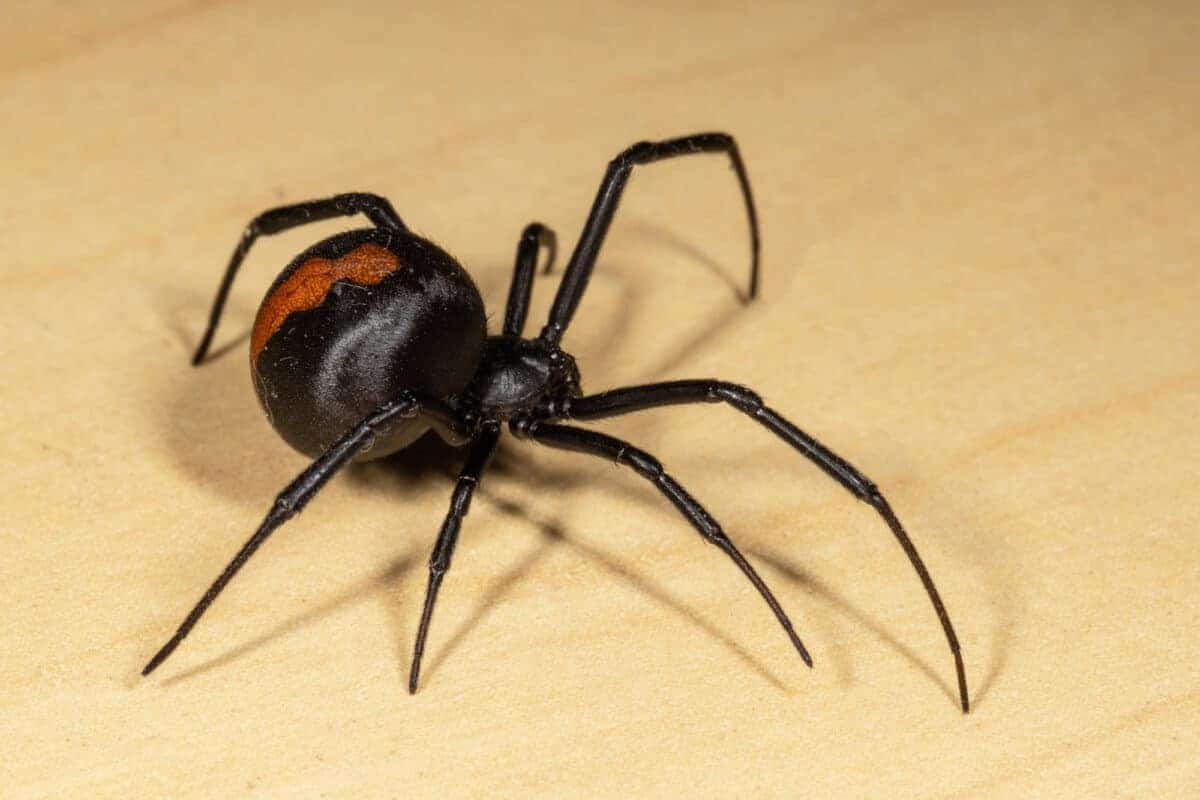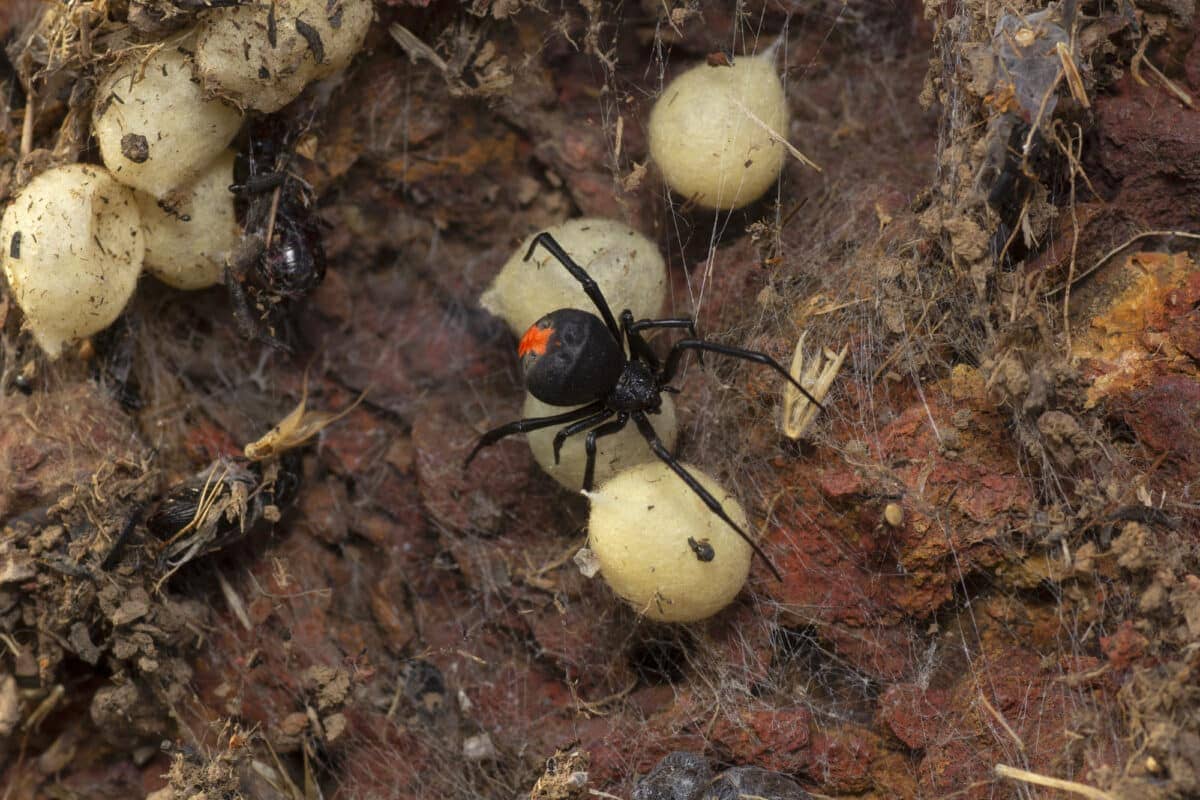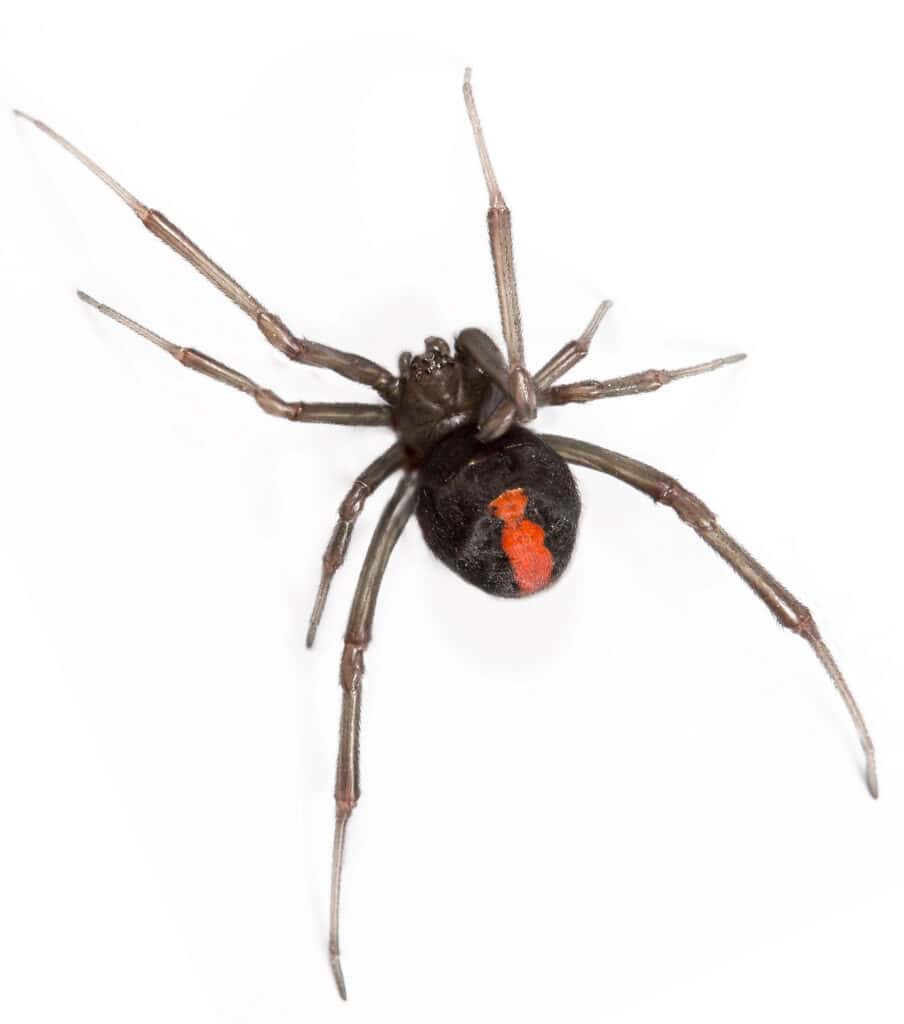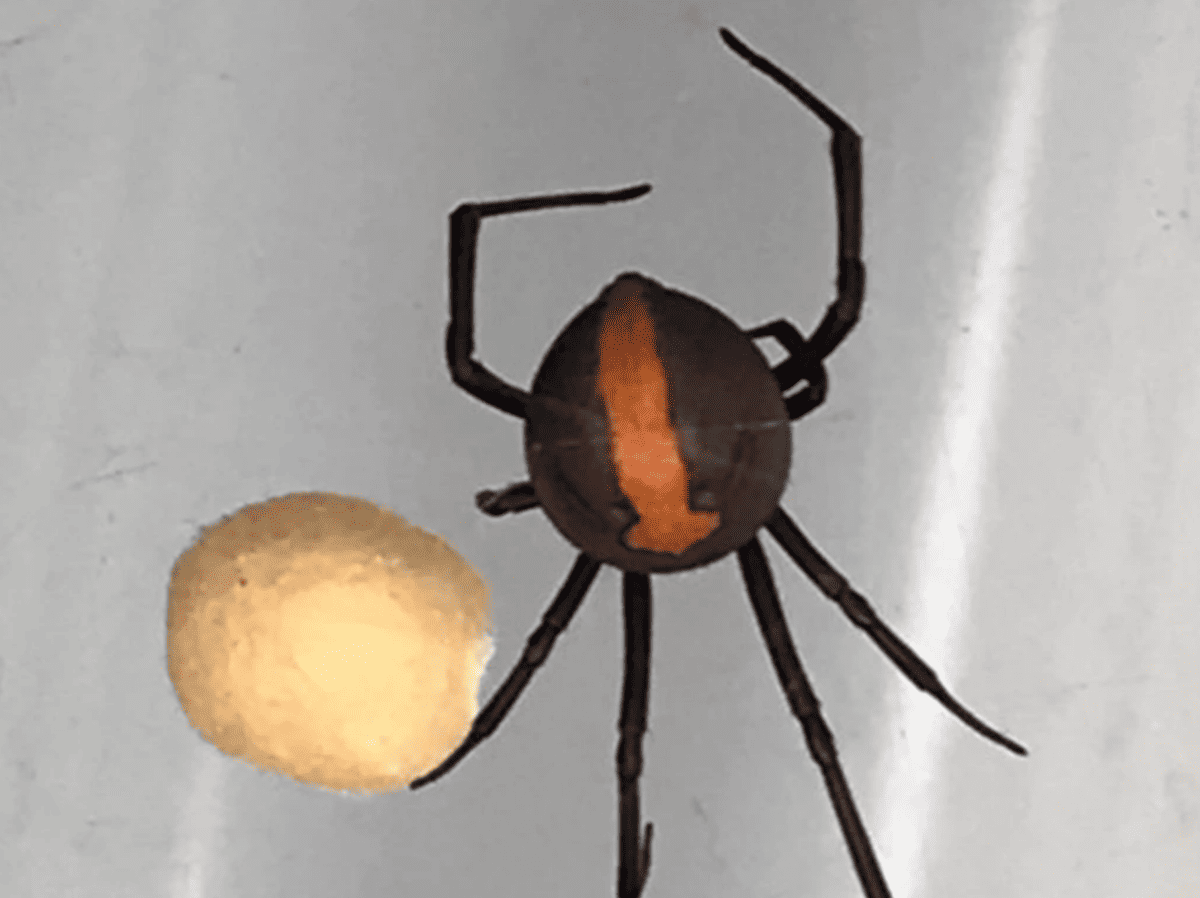In the realm of arachnids, few species command attention quite like the Redback Spider (Latrodectus hasselti). Known for its venomous bite and distinctive red markings, the Redback Spider has long captured the fascination of scientists and enthusiasts alike. However, recent discoveries have shed light on an extraordinary specimen—the largest Redback Spider ever recorded. Join us as we delve into the realm of this formidable arachnid, exploring its behavioral traits, habitat, and the remarkable tale of its colossal size.
Behold the Giant

On Boxing Day in 2018, an Australian family experienced a moment of disbelief when they stumbled upon a colossal redback spider within the confines of their home. The arachnid, resembling the size of a golf ball, elicited astonishment upon its discovery. A photograph shared on Reddit provided a stark visual depiction of the spider’s truly impressive dimensions.
Venomous Nature

While its size may be awe-inspiring, the Redback Spider’s most notorious feature is its venomous bite. Like its close relative, the infamous Black Widow, the Redback Spider possesses potent neurotoxins that target the nervous system of its prey. Injected through its fangs during a bite, this venom can cause severe pain, muscle stiffness, nausea, and in rare cases, systemic effects requiring medical attention. Despite its fearsome reputation, the Redback Spider typically only bites humans in self-defense, preferring to prey on insects and other small arthropods.
Intricate Web-Building Skills

One of the Redback Spider’s most impressive behavioral traits is its mastery of web-building. Using silk produced by specialized abdominal glands, the Redback constructs intricate webs designed to ensnare prey efficiently. These webs feature a dense tangle of threads arranged in a distinctive “tangle-web” pattern, with a sheltered retreat where the spider rests and waits for potential prey to become ensnared. The Redback Spider’s web-building prowess not only facilitates its hunting success but also serves as a testament to the complexity of arachnid behavior.
Habitat and Distribution

Redback Spiders are native to Australia and can be found in a variety of habitats. This includes urban areas, forests, grasslands, and scrublands. They are particularly fond of sheltered locations. Such as sheds, garages, woodpiles, and outdoor furniture, where they can spin their webs and hunt for prey undisturbed. Despite their relatively small size, Redback Spiders are highly adaptable creatures. They are capable of thriving in diverse environments and exploiting human-made structures to establish their homes.
Bottom Line

The discovery of the largest Redback Spider ever recorded offers a fascinating glimpse into the world of these enigmatic arachnids. From its venomous bite to its intricate web-building skills, the Redback Spider embodies the resilience and adaptability of life in the natural world. As we continue to unravel the mysteries of this iconic species, let us marvel at the wonders of nature. Furthermore, strive to coexist harmoniously with the diverse array of creatures that share our planet.
Thanks for reading along! Check out our related article links below for more.
Next up:
Join our Forum for free today!

- Why Do Zebras Have Stripes - July 23, 2024
- Huge Pet Bison Breaks Into House - July 22, 2024
- Brave Man Plays Instrument While Huge Bear Caresses His Shoulder - July 22, 2024

